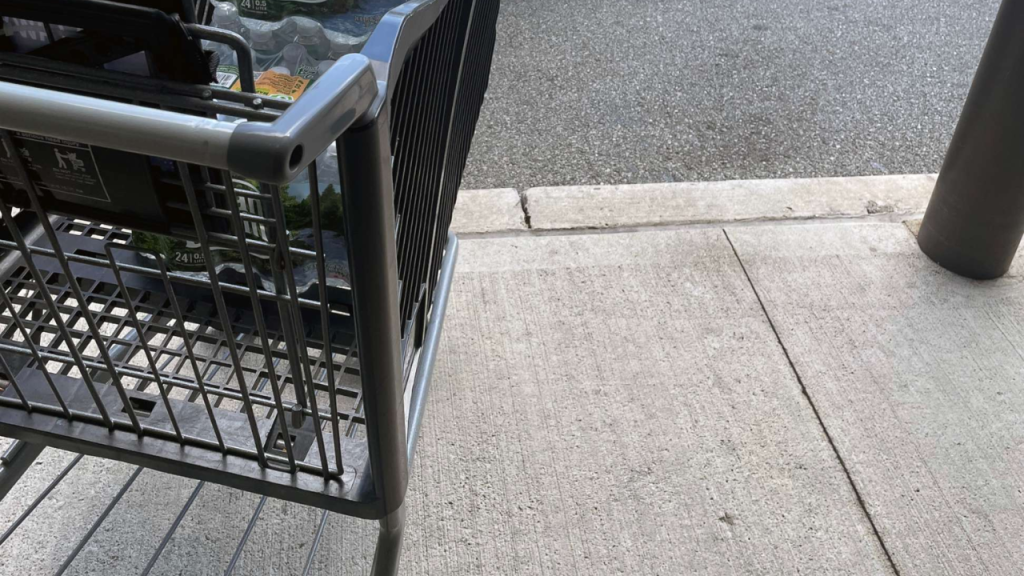
In Newark’s South Ward, Rosa Martinez pushes a rolling cart nearly a mile just to find fresh produce. The closure of the nearest full-service grocery store last year left her neighborhood with only corner shops and convenience stores, most of which don’t carry fruits, vegetables, or fresh meat.
“We’re surrounded by food, but none of it helps me cook a healthy meal,” said Martinez. “It’s more expensive, takes more time, and sometimes I still can’t get what I need.”
Urban Food Deserts on the Rise
According to the USDA’s Food Access Research Atlas, large sections of cities like Newark, Paterson, and Trenton are now classified as low-income, low-access areas — also known as food deserts. That means many residents live over a mile from the nearest supermarket and lack reliable transportation.
New Jersey state officials have pinpointed 50 food deserts across the state. These areas may receive up to $240 million in tax incentives over six years to help improve access to healthy food.
“People think grocery stores are a given, but that’s just not the case for many New Jersey residents,” said Dr. Serena Ahmed, a food systems researcher at Rutgers University. “They’re often stuck paying more for lower-quality food — or skipping meals altogether.”
When Healthy Food Isn’t an Option?
The impact of food deserts goes far beyond limited food choices. Studies show strong links between these areas and:
- Higher rates of obesity, diabetes, and high blood pressure
- Greater dependence on fast food and processed snacks
- Poorer academic outcomes in children due to a lack of proper nutrition
Local health advocates say the situation has only worsened with inflation. According to the U.S. Bureau of Labor Statistics, essential grocery items like bread, eggs, and milk are up 2.4% from last year.
“You can tell people to eat better, but when the closest food is at a gas station, that’s not a real choice,” said Angela Thomas, a community health coordinator in Essex County. “It’s not about personal responsibility — it’s about access.”
What’s Being Done — and What Still Needs Work?
New Jersey has launched the Food Desert Relief Program to fund supermarkets and fresh food outlets in underserved communities. But progress has been slow, and many neighborhoods are still waiting for change.
In the meantime, local initiatives are stepping in with creative solutions:
- Mobile markets that bring produce directly into neighborhoods
- Community-run grocery co-ops
- Urban gardens and food education programs
Organizations like Jewelz Foundation Incorporated are also addressing food equity in their youth outreach, teaching teens how nutrition connects to physical and mental health.
“We talk about trauma and mental health — but if a kid’s dinner is a bag of chips, that’s part of the trauma,” said one youth mentor in Newark.
